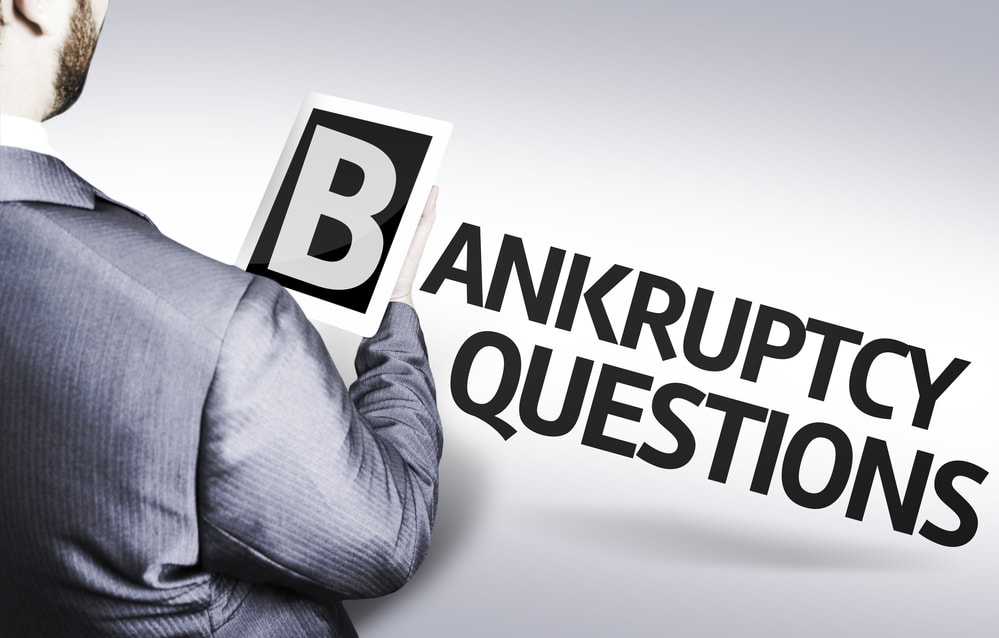Many people who are considering bankruptcy wrongfully think that they have to give up all their property, personal and real estate, when they file for bankruptcy. Fortunately, this is generally not the case. The Bankruptcy Code allows debtors to keep certain property (both personal property and real estate) when they file a bankruptcy petition. This property is considered to be “exempt” from the bankruptcy estate, which refers to the property under the control of the bankruptcy trustee. The typical bankruptcy case is a no-asset case, which means that a debtor typically gets to keep all their property.
The goal of our bankruptcy laws is to help debtors get out of debt and get a fresh financial start. For this reason, bankruptcy exemptions cover the “necessities of life,” as noted by the House Judiciary Committee, H.R.Rep. No. 95–595, p. 126 (1977), which are needed by the debtor as part of the debtor’s fresh start. It was the intent of Congress when drafting the bankruptcy code to give debtors the ability to keep assets which would give them a better chance at a successful financial fresh start. Forcing a debtor to give up all their property and possessions, especially their necessities, is counterproductive to bankruptcy’s goal of providing a true fresh start.
When the Bankruptcy Code was drafted, Congress left defining debtor’s exemption rights up to the states, by allowing individual states to set the scope and options for bankruptcy exemptions. Your rights with regard to exempting property in a bankruptcy case, therefore, depends on the state in which you live. In some states, you can utilize either the state exemptions or the federal exemptions, while other states restrict you to one set alone. Here in New York, you may use either the New York state exemptions, or the federal bankruptcy exemptions. The choice of which set of exemptions to pick is best evaluated by a bankruptcy attorney.
Remember,“bankruptcy is not the end, it’s a new beginning.”
Examples of Property Generally Protected in Bankruptcy
| Property | NY State Exemption | Federal Exemption |
|---|---|---|
| Clothing, household goods and appliances, Electronics and cell phones | Restricted only by CPLR § 5205(a) | Up to $12,625.00 |
| Equity in one car or truck | Up to $4,000.00 | Up to $3,775.00 |
| Equity in one’s home | Up to $165,000.00 in Kings, Queens, New York Bronx, Richmond, Nassau, Suffolk, Rockland, Putnam, and Westchester counties | Up to $23,675.00 |
| Most retirement accounts (401(k)s, 403(b)s, profit-sharing and money purchase plans, IRAs, Roth IRAs, SEP and SIMPLE IRAs, and defined benefit plans) | Restricted only by CPLR § 5205(c) | Restricted only by 11 USC § 522(d)(12) |
| Most life insurance | Restricted only by CPLR § 5205(i) | Up to $12,625.00 cash value; payments necessary for support are protected |
| Most unpaid wages | 90% of wages for the last 60 days of work | n/a |
| Tools needed for work | Up to $ 3,000.00 | Up to $2,375.00 |
| Public benefits, court ordered child support or maintenance payments | Restricted only by CPLR § 5205(d) and (l) | Restricted only by 11 USC § 522(d)(10) |
| Wildcard (protects any property) | n/a | Up to $1,250 + $11,850.00 of any unused portion of the homestead exemption |
Additionally, retirement accounts are also considered a necessity in our society. There are very powerful exemptions for both retirement accounts and life insurance in the Bankruptcy Code. For example, the drafters of the Bankruptcy Code would much rather people use their retirement accounts for what they are intended rather than become dependent upon public assistance.
The lawmakers who drafted the Bankruptcy Code knew that people will have a much easier time getting a fresh start by enabling them to keep the essential items they need, such as clothing, household goods and appliances, a car or truck and the tools needed for work. Be mindful that there are caps as to the total value of the goods protected. The Bankruptcy Code also protects a certain amount of equity in the debtor’s home. This is also known as the homestead exemption.
Some other examples of property protected by the Bankruptcy Code include: a portion of one’s unpaid but earned wages, various public benefits (public assistance, food stamps, social security, worker’s and unemployment compensation). Also protected are a certain amount of the damages awarded for a personal injury claim, as well as, pensions and most retirement accounts, and even some jewelry.
If you have any questions, regarding the different types of bankruptcy exemptions, or the benefits or costs to choosing between state and federal exemptions, please feel free to contact the Law Offices of David I. Pankin, P.C. We can be contacted at 888-529-9600 or by using our easy online contact form. As Long Island bankruptcy lawyer, we have offices conveniently located in New York, Brooklyn and Long Island.






